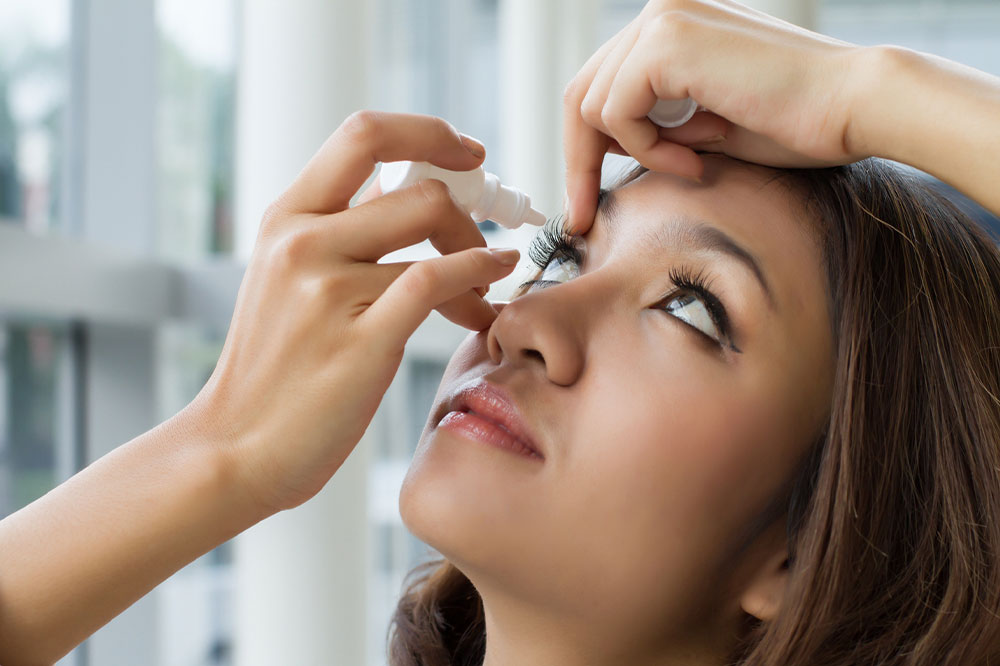
Navigating the symptoms, causes, and remedies for pink eye
Pink eye, also known as conjunctivitis, is a common eye condition that affects people of all ages. It is characterized by inflammation and redness of the conjunctiva—the thin and transparent membrane covering the white part of the eye and the eyelids’ inner surface. The disorder can be incredibly uncomfortable and bothersome. However, understanding its warning signs, causes, and available treatment options can help people handle the situation correctly and confidently.
Symptoms
Pink eye leads to many symptoms, the most apparent being eye redness. The patient’s eye develops a pinkish appearance ranging from a subtle tint to a vibrant shade. This symptom is often accompanied by eye irritation, which triggers uncontrollable itching. People find themselves fighting the urge to rub their eyes, and giving in to the temptation often worsens the condition.
Besides a pinkish appearance and irritation, the disorder can cause excessive tearing or a watery discharge, leading to a sticky residue around the eyelids and lashes. Some also experience sensitivity to light, causing them to squint and avoid bright environments.
Causes
Pink eye can have various underlying causes, each with its distinct characteristics:
Viral conjunctivitis
The most common cause is viral conjunctivitis, which results from the same viruses responsible for the common cold. It spreads easily through direct contact with infected individuals or contaminated objects like towels or pillowcases.
Bacterial conjunctivitis
Bacterial conjunctivitis is another culprit, typically caused by bacteria like Staphylococcus aureus and Streptococcus pneumoniae. This form of pink eye can result from poor hygiene practices or bacterial contamination.
Allergic conjunctivitis
Allergens like pollen, pet dander, and dust mites trigger allergic conjunctivitis. It occurs seasonally or in response to specific allergens in the environment.
Less frequently, pink eye can stem from irritants like chemicals or foreign objects that come into contact with the eye.
Treatment options and remedies
Pink eye is typically a self-limiting condition that resolves within a week or two. However, several treatment options alleviate its symptoms and promote faster healing:
Cold compress
Applying a cold compress to the affected eye can soothe inflammation and relieve itching. The process can be followed three to four times daily for the best results.
Flushing the eye
If irritants are the cause, flushing the eyes with a saline solution can help remove the irritants and provide relief.
Eye drops
Lubricating eye drops can help alleviate dryness and discomfort associated with the condition. Doctors may recommend unique solutions and ointments if pink eye is caused by bacterial or viral conjunctivitis.
One should consult a healthcare professional to determine the most appropriate treatment strategy based on the condition’s cause and severity.
Prevention and tips for eye hygiene
Practicing good eye hygiene can go a long way in preventing pink eye. Avoiding close contact with those who have the condition or another contagious eye infection like conjunctivitis is crucial. Individuals should wash their hands frequently, especially before touching the eyes or applying drops or ointments. Experts also advise against sharing personal items like towels, pillowcases, or makeup brushes that come into contact with the eyes.




